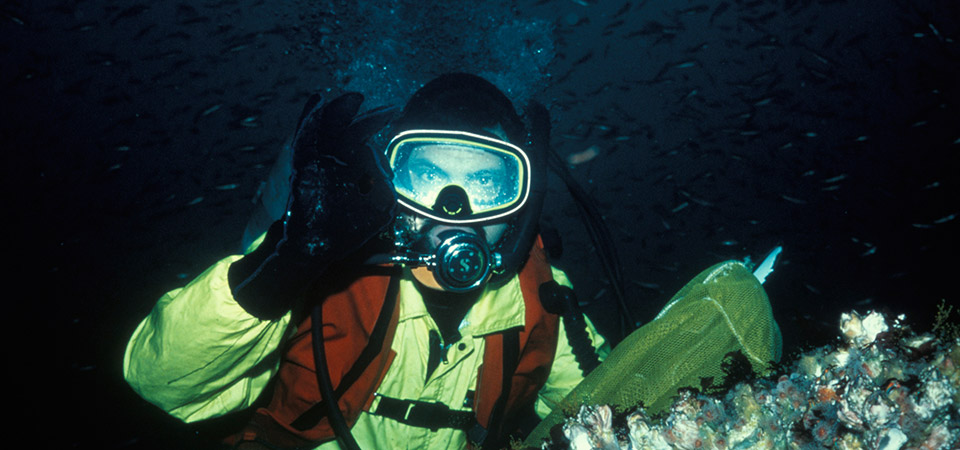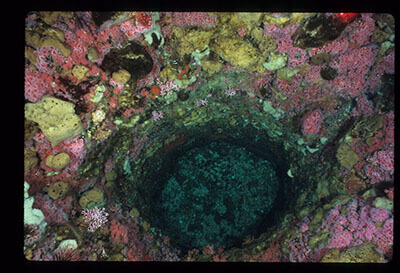Sanctuary History

Coastal California has a rich history of native Americans and early settlers utilizing the marine environment. For millions of years, Cordell Bank was an unknown mystery hidden beneath the waves.

Nearshore food resources were so plentiful that there was no reason for the native Miwok Indians to venture miles offshore.
In the late 1800s there was a strong incentive to survey the coast of California to promote safer maritime commerce. Cordell Bank was discovered in 1853 by George Davidson of the U.S. Coast Survey while returning from a mapping expedition on California's north coast.
Edward Cordell, an accomplished surveyor, conducted additional surveys in 1869 when he was sent to relocate a "shoal west of Point Reyes." Cordell was attracted to the location by the numerous birds and marine mammals. To measure the depth, Cordell lowered a lead weight over the edge until it hit bottom and then measured the line on its return to the surface.
Regarding historic maritime heritage resources in the sanctuary, records indicate the ex-USS Stewart is about 39 miles west of Bodega Head. The vessel was a United States Navy destroyer that was captured during World War II and commissioned into the Japanese Navy in 1943 as Patrol Boat 102. Recaptured at the end of the war, Stewart was recommissioned into the U.S. Navy in 1945; later scuttled in Bodega Canyon.
Not much was known about what life existed on the bank, though always considered a productive fishing area, until 1977.

SANCTUARY PIONEERS: Interviews with the Original Explorers of Cordell Bank: an oral history
Cordell Bank was first explored underwater in 1977 by a non-profit research association, Cordell Expeditions. Over the next 10 years, divers documented the organisms living on and above the bank. Through these efforts, images of the biological diversity of Cordell Bank were available to the public for the first time. The early SCUBA divers thought they would be the first humans to see and touch Cordell Bank. But, they were amazed to find several man-made holes in the top areas of the seamount (the “holes”). The holes were at depths of between 120 and 140 feet. They were approximately three feet across and up to twelve feet deep. To this day the history of holes remains a mystery. The early SCUBA divers thought they would be the first humans to see and touch Cordell Bank. But, they were amazed to find several man-made holes in the top areas of the seamount (the “holes”). The holes were at depths of between 120 and 140 feet. They were approximately three feet across and up to twelve feet deep. To this day the history of holes remains a mystery. This effort was instrumental in creating Cordell Bank National Marine Sanctuary.
Explore Cordell Expeditions underwater photographs.

